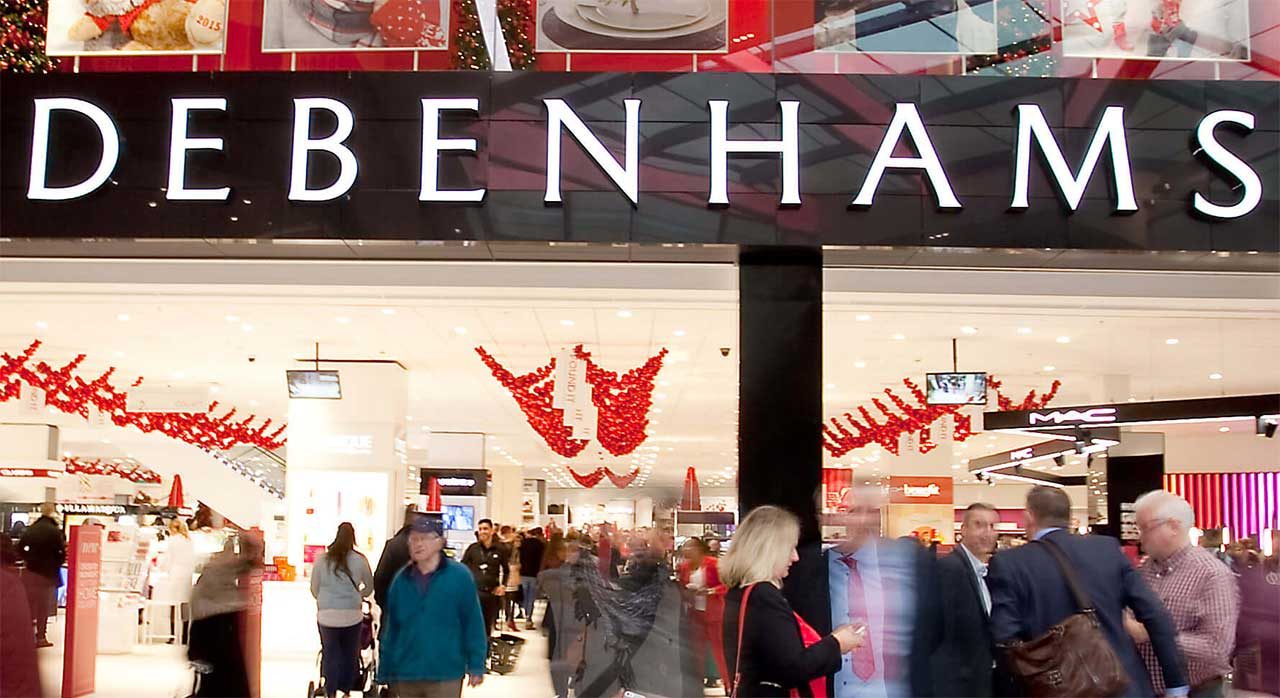This article is from the Australian Property Journal archive
ONLINE shopping is set for domination in the retail market, as the global pandemic has pushed the space forward by several years.
According to Zelman Ainsworth, Melbourne CBD retail specialist for CBRE, at the Australian Property Institute REIV State of the Market event there is a global structural change currently taking place in the retail market and it has only been accelerated by the COVID-19 pandemic.
While Ainsworth states that Australia is lagging behind comparable countries in its development of online retailing, e-commerce penetration more than doubled over the course of 2020.
Estimates suggest that in 2019, online retail penetration was at 6%, with 4% from domestic retailers and the remaining 2% from international traders.
In 2020 this number grew to 13.3%, a figure not originally forecasted till some time in 2024.
While online retail is reaping the benefits of a population stuck in lockdown, brick and mortar stores are suffering, with department stores feeling a large portion of this downturn and the national average of shopping centre vacancies reaching the highest level recorded for 20 years.
Despite this, thanks to government incentives and supports, only 300 retailers went into administration nationally in 2020, compared to nearly 500 in 2019.
In the CBD retail space, which is dependent on the return of employees to workspaces, vacancies are at 6.3%, though Zelman fears this number is under representative of the reality.
“I think the number is significantly higher than being reported, that number does not take into account tenants that simply don’t pay rent, lease expiries that are imminent, months and months away, holdover tenants, pop up tenants, short term leases and all the rest of it, are not counted in that 6% number,” he said.
Shopping centres unsurprisingly need to move towards repurposing space, converting the underutilised into medical centres, apartments, aged care, child care, showrooms and other services which will allow for a transformation into mixed-use assets.
Stores that are already structured to support e-commerce are thriving under current conditions, with JB HI-FI for example seeing a 24% sales boom in 2020.
While Target for instance, is in the process of moving its operations online and converting its remaining storefronts into K-Mart. With parent company, Wesfarmers declaring its current model as unsustainable.
Retailers do now have the advantage of being able and incentivised to access store locations that they previously couldn’t afford, with rising space availability increasing retailer’s opportunities and reducing rental costs.
While Ainsworth also remarked that retail landlords are now in the process of becoming industrial landlords to stay afloat, as they convert retail space into delivery hubs to service online shopping.
Also notable is the rise of online companies, who know and have a loyal customer base, particularly in instances of younger online stores absorbing brick and mortar institutions and closing their physical locations.
This can be seen for example in Boohoo’s purchase of UK department store Debenhams, ASOS’ acquisition of Topshop and locally with online retailer Kogan’s absorption of furniture store Matt Blatt.
“Retailers without a clear mission and purpose are victims to this market, but are they really victims or are they just not relevant in a global and competitive market?” asked Ainsworth.




